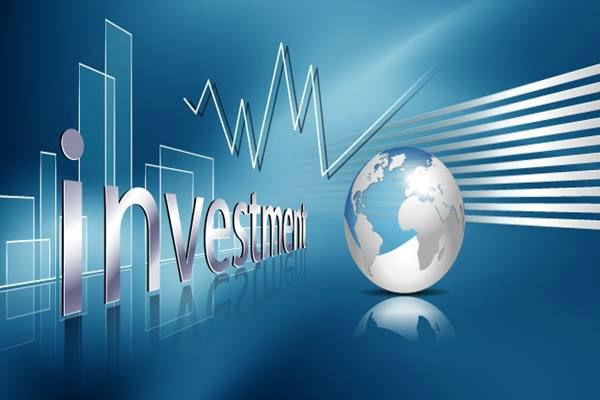Gross domestic private investment represents investment spending by the private sector. It is a component of gross domestic product (GDP) in addition to household consumption, government spending and net exports.
Investment growth contributes to increasing the economy’s productive capacity (and potential GDP). Increased investment shifts the aggregate demand curve to the right and stimulates higher real GDP. As investment increases, the stock of capital goods – such as machinery and factories – increases. That ultimately drives increased production.
Investment components
Gross domestic private investment consists of two main categories: gross investment and changes in inventories. Gross investment consists of purchases of residential and non-residential investments as well as replacement of obsolete capital (depreciation). We also call this last one the capital consumption allowance.
Let’s dissect the components one by one.
- Non-residential investments include purchases of capital goods such as equipment, trucks, cars, computers and software, machinery, and factories.
- Housing investment consists of new residential purchases, such as apartments and landed houses.
- Inventory changes refer to changes in a company’s inventory within a certain period. Inventories include semi-finished goods, raw materials, and other inputs. Businesses use it for further production processes. It also includes the final goods before they are sold to the market. Typically, the components of inventory change are relatively small and highly volatile.
Three determinants of gross private domestic investment
- Interest rate . Higher interest rates make investment costs more expensive. When interest is high, businesses tend to be reluctant to spend their money on capital goods, unless the spending can generate a higher return on investment. Conversely, when interest rates are low, the cost of investment funds is also small, encouraging businesses to purchase new equipment.
- Future price expectations. If firms expect the price of their output to increase relatively high compared to the general price level (inflation), they will increase production in anticipation of higher profit margins in the future. They decided to purchase new equipment to increase their production capacity. This situation usually occurs when demand is high or during economic expansion.
- Capacity utilization. When companies operate near full capacity (capacity utilization rate of nearly 100%), they need to increase investment spending to expand capacity further.
Effects on the economic cycle
Gross private domestic investment is the most volatile component of GDP. These changes are usually associated with fluctuations in the economic cycle. Changes in capital expenditures, especially expenditures on inventories, are one of the main factors causing short-term economic fluctuations.
Business perceptions about the future direction of the economy influence inventory changes. If companies believe that demand for their products will increase, they will quickly increase purchases of raw materials and increase inventory. On the other hand, if they believe that economic activity will decline, they will liquidate inventory immediately.

